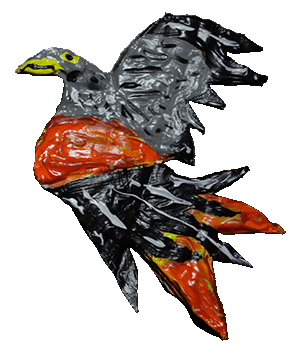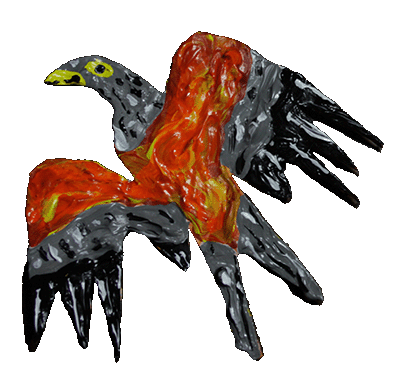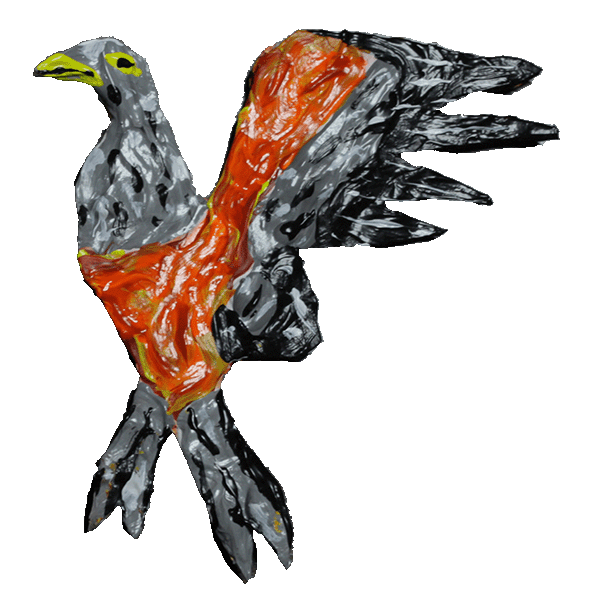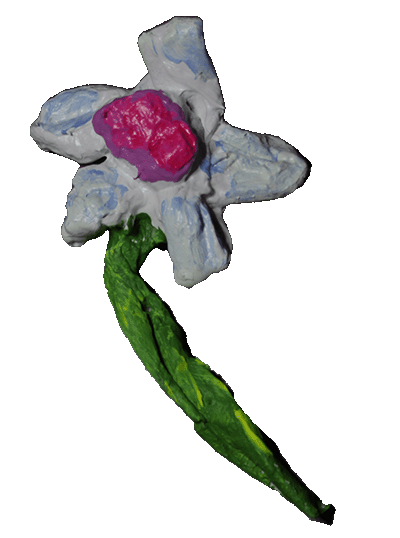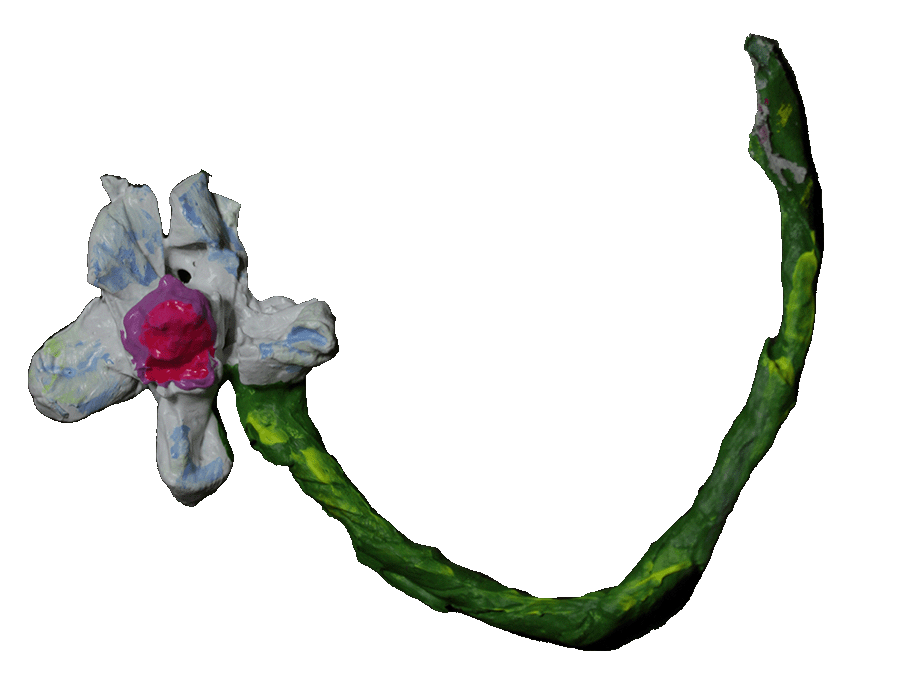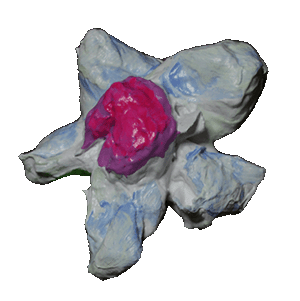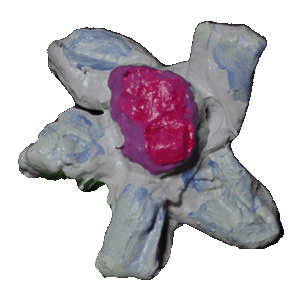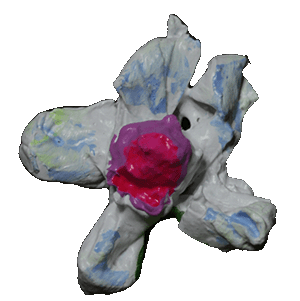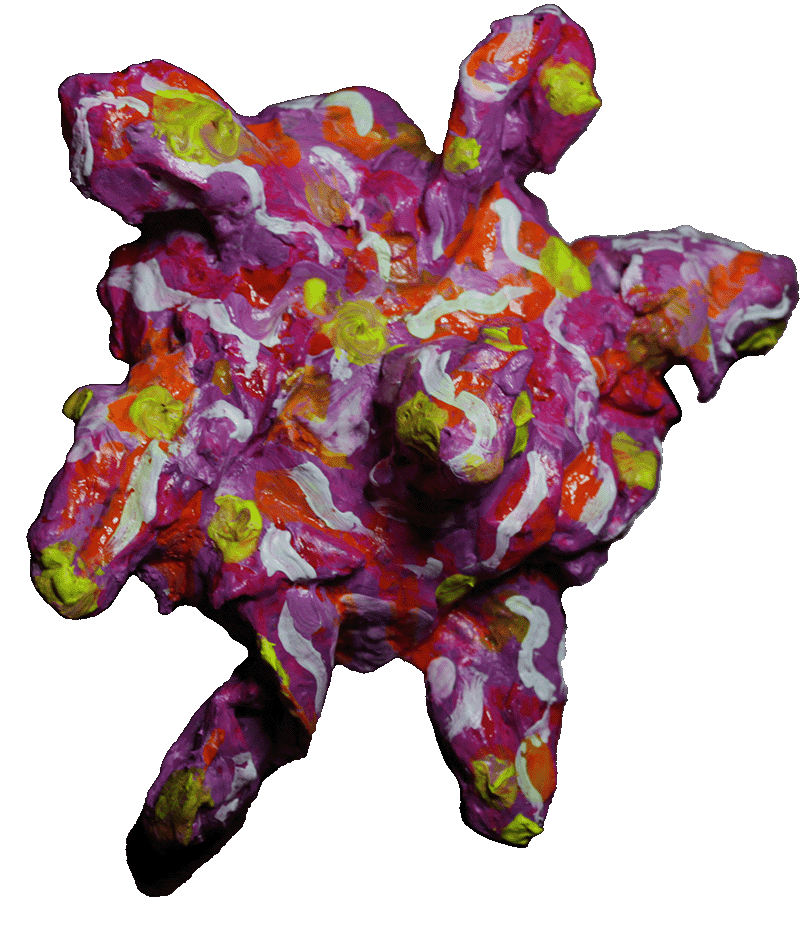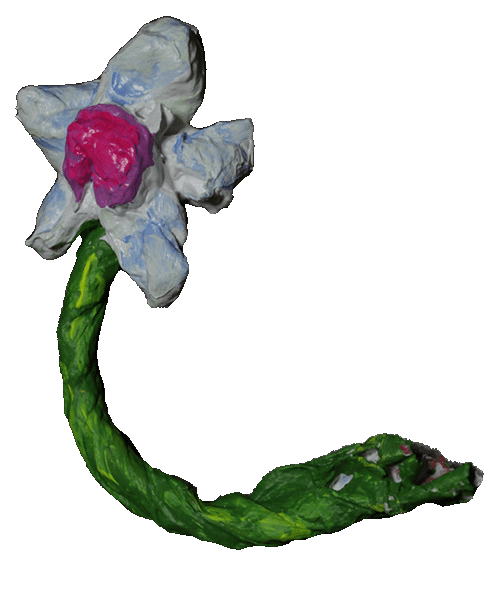Archive Project
Initiated in 2020, the Supernormal Archive Project is a work in progress at the start of its journey. It aims to celebrate the history, ethos and lineage of Supernormal Festival, and trace its significant connections with Braziers International Artists' Workshop (BIAW), and Braziers Park School of Integrative Social Research (BPSISR).
As of March 2021, phase 1 of the project has been completed. Comprehensive systems have been put in place, and we have begun tentatively archiving a range of material from the depths of harddrive hell and cobwebbed storage boxes – including promotional posters, artwork, merch designs, festival cups, endless photographs, video and audio. We’ve also begun to archive some of the nuts and bolts of festival planning from the very beginning (when there was very little prior knowledge or experience of how to deliver an outdoor festival), including correspondence, press releases, build plans and plenty of meeting notes.
As well as material related to the festival, we have begun to scratch the surface of the expansive BIAW physical archive which spans from 1995 until the first Supernormal Festival in 2010. We aim to build on this important element of the archive moving forwards so that it sits alongside and informs the festival-related material. There is also a small Braziers Park / BPSISR section of the archive which includes community Research Communication publications, historical information documents and links to further research into the radical history of Braziers Park.
It is our intention to activate the archive through a range of projects and dialogues, with access available by invitation or request. Longer-term we may consider how to make it an open-source archive.
SN ARCHIVE COMMISSIONS
During the winter months of 2020 we sifted through some of the digital and physical archival 'stuff' and commissioned two artists to respond to the wealth of material.
We are delighted to share details of the commissioned artists below:
Rabiya Choudhry
Rabiya Choudhry is a visual artist whose work explores the themes of identity and cultural displacement in contemporary British society with a darkly comedic approach. Her work expresses the complicated coupling of eastern and western cultures in richly vibrant portrayals of the different autobiographical factors present in her own life. She makes paintings; from large scale canvases, miniatures to murals, small painted sculptures to text based artworks and textiles.
Rabiya says about her practice... “The work I make is personal, playful, political and painful at times. Painting for me is about taking painful experiences and exploring them through art. I have explored themes through my work such as suicide, anxiety, depression, guilt, fear, love and loss. My paintings are joyous, demented expressions of these, mirroring the worlds we experience both outside and within.”
You can see more of her work here >>>=AT3bE5u7ZzW-84jLZByJyRVH0Wm3NopHg_lJS-3eafzKmEseBanoje9thnj6smDz_7KM8GaDPB8inPhzYR2rvyt7Hu8KPdlwIIR9Xsi_qb2fouF4MbjNzoyJV9UozhER97fCLZUPSzP0GYzuqI6clwQNpQWIU_-HqmX1qSKiFpjQqMv2"> https://rabiyachoudhry.com/artworks/
"Rabiya Choudhry makes paintings that are like the thought bubbles of a particularly active mind. They skid from joy to darkness, combining the aesthetics of Robert Crumb cartoons and hand-painted Bollywood posters with the surrealism of Max Ernst and an under-current of Philip Guston." Chris Sharratt, Frieze Magazine.
CLICK HERE TO VIEW RABIYA'S COMMISSION
Abigail Reynolds
Abigail attended Braziers International Artist Workshop in 2000 and Supernormal in 2013, 2014 and 2016.
For Supernormal 2013 Abigail made a maze on the lawn in front of Braziers House from willow wands, taking inspiration from the open stick maze at the 1974 ‘Barsham Fair’. This was the first of a series of performative works for groups. She is currently exhibiting work as part of British Art Show 9.
Abigail says about her work.....
"Much of my work starts with images printed in books. Widely circulated images (for example, London’s monuments) shape our shared perception of places and identities, by which individuals navigate. I often use my work to think about how subjectivity is mapped onto both place and time, photography being a direct way to think about time: you can’t avoid time with a photograph. I often work sculpturally with glass, using it like a lens to focus the act of looking. This is also an extension of photographic looking which is necessarily through a glass lens"
CLICK HERE TO VIEW ABIGAIL'S COMMISSION
You can see more of her work here >>> https://abigailreynolds.com/about
“The pages and images she excavates, now dislocated from their original context, become more like artifacts or archeological remnants – more enigmatic, more mutable, and open to more complex meaning and association.” Martin Clark, 2013
